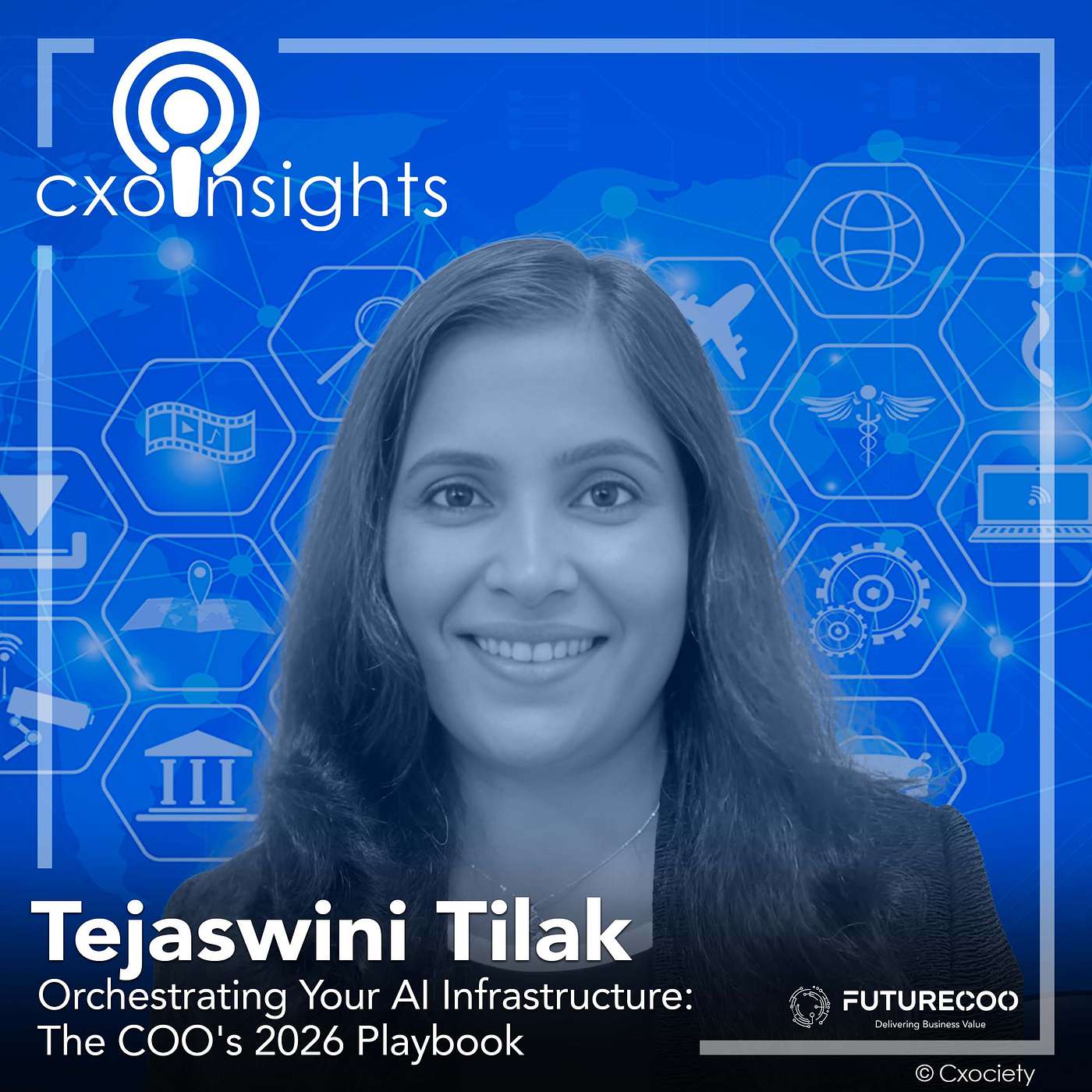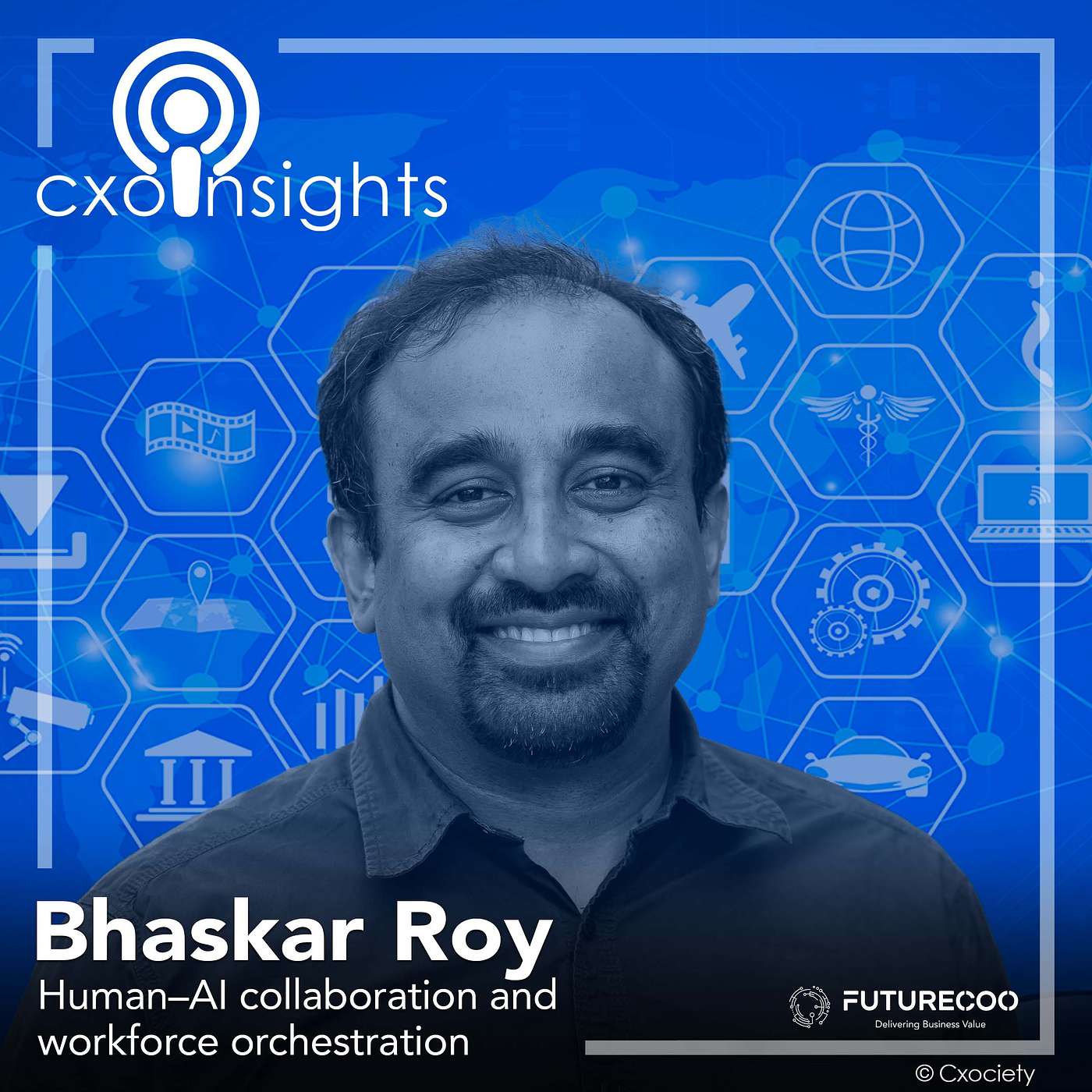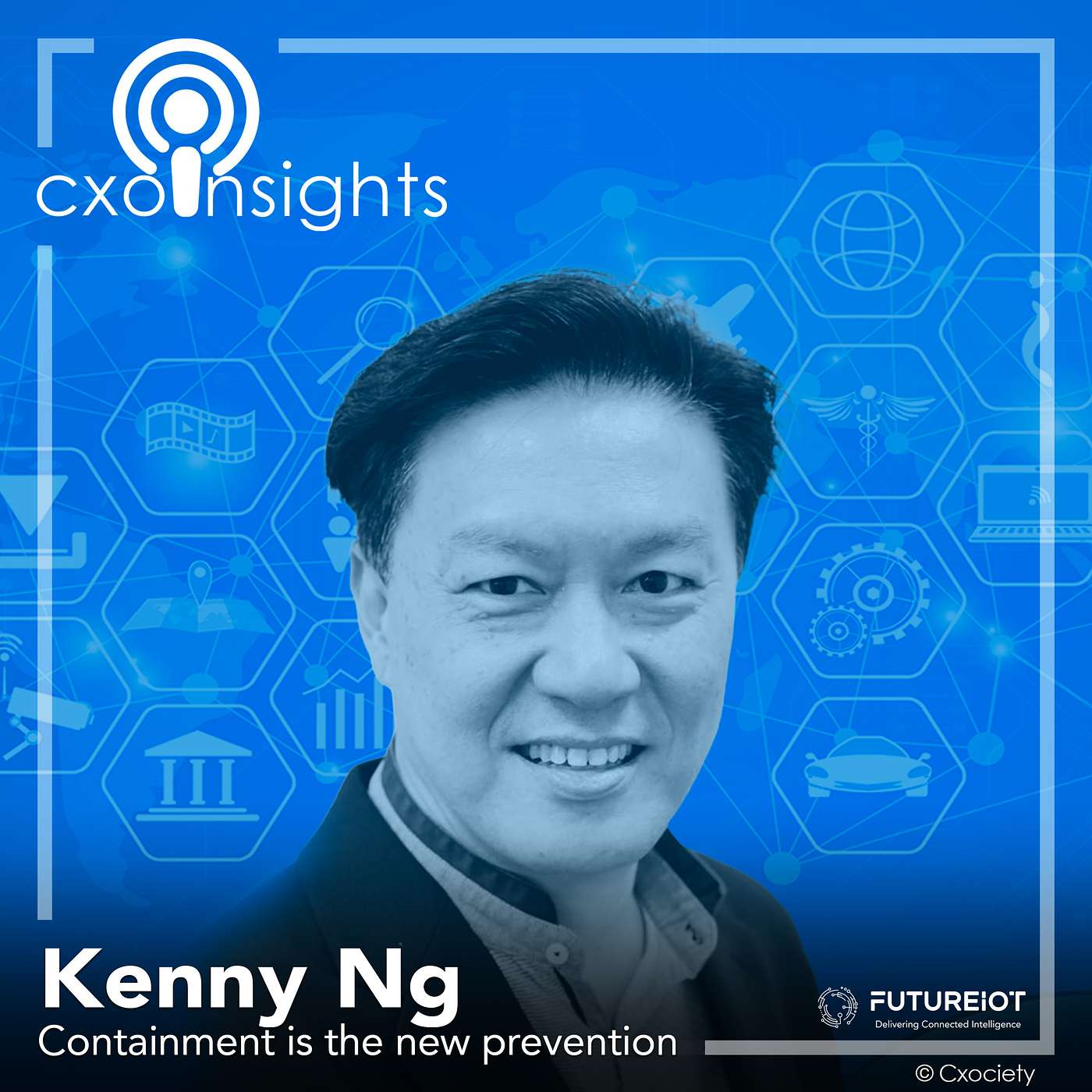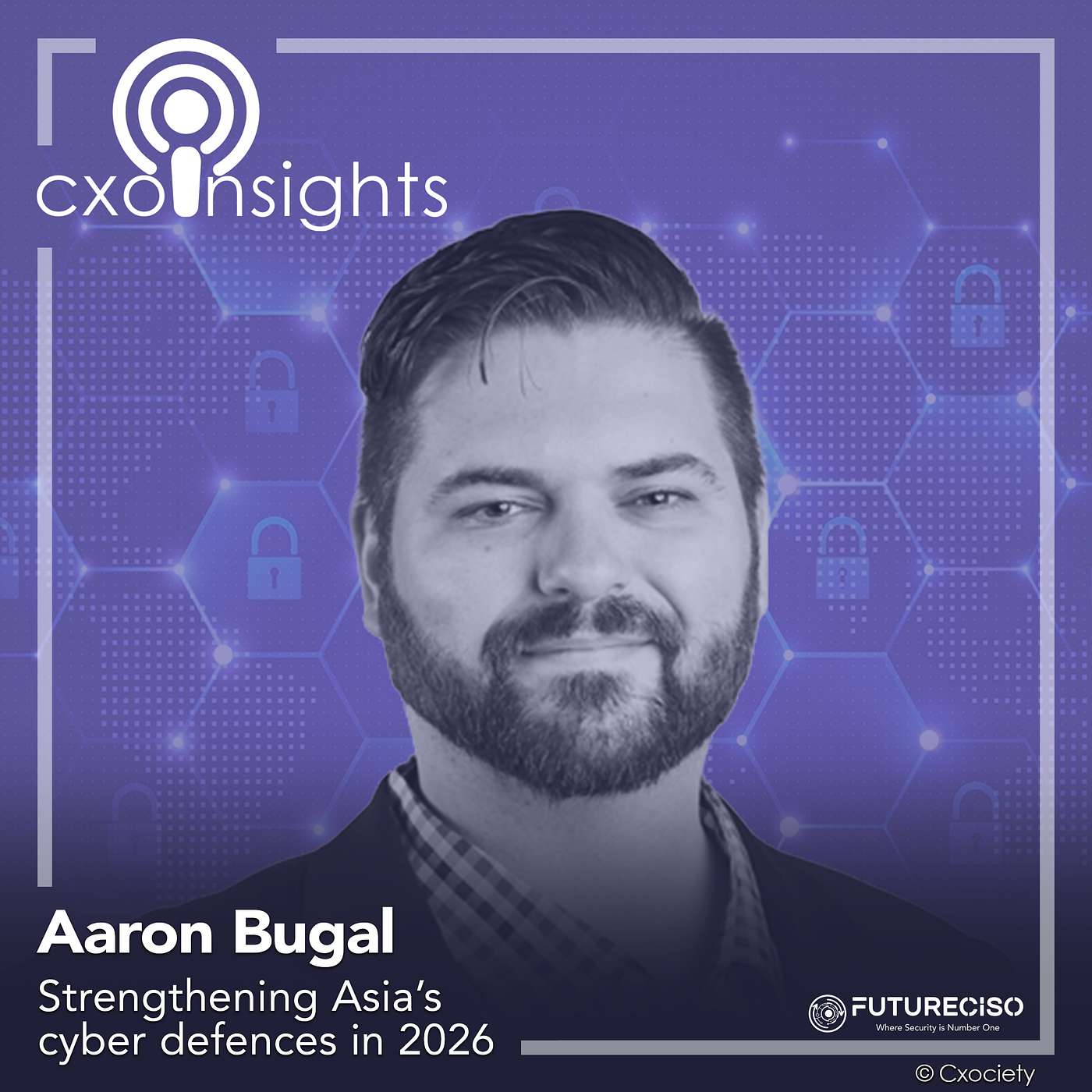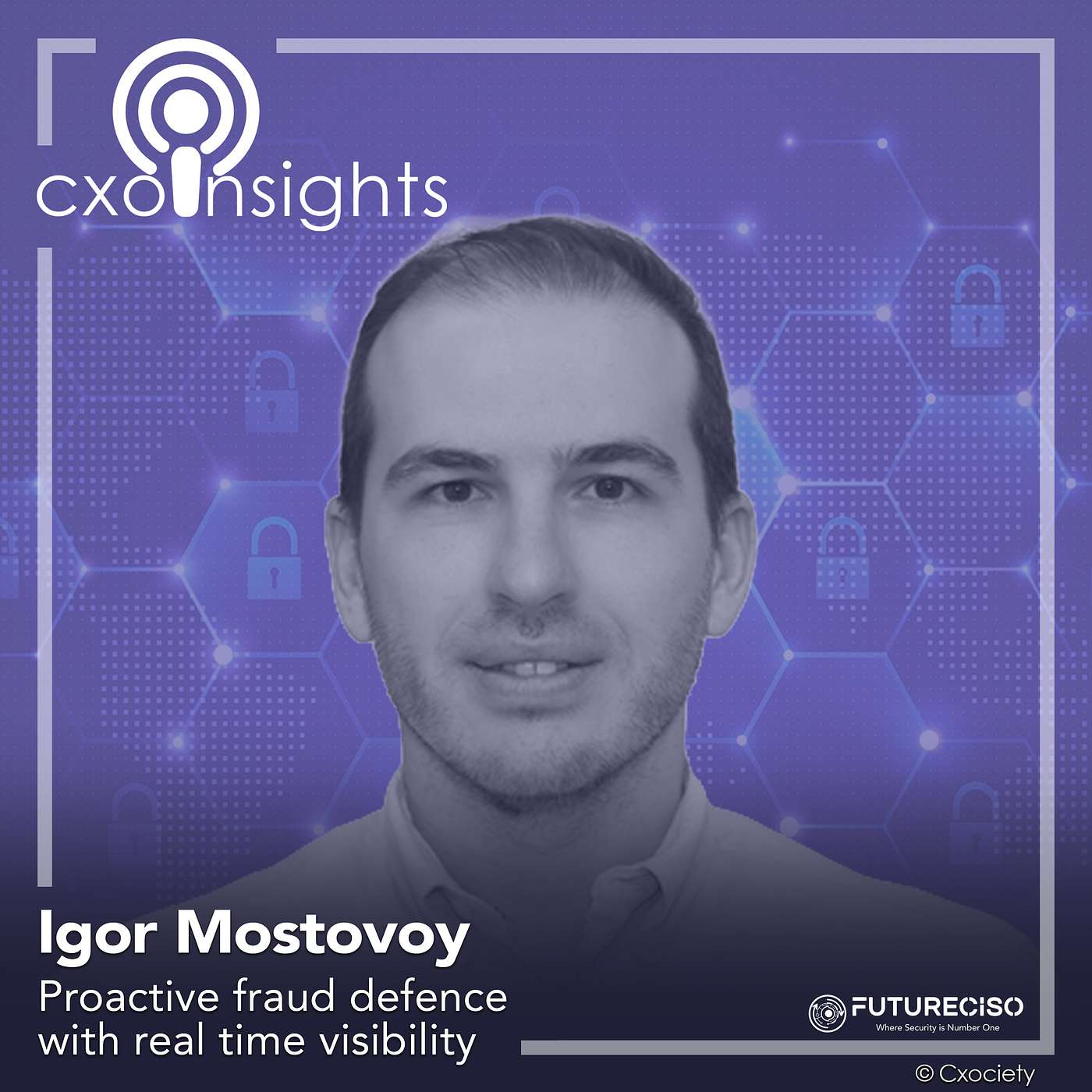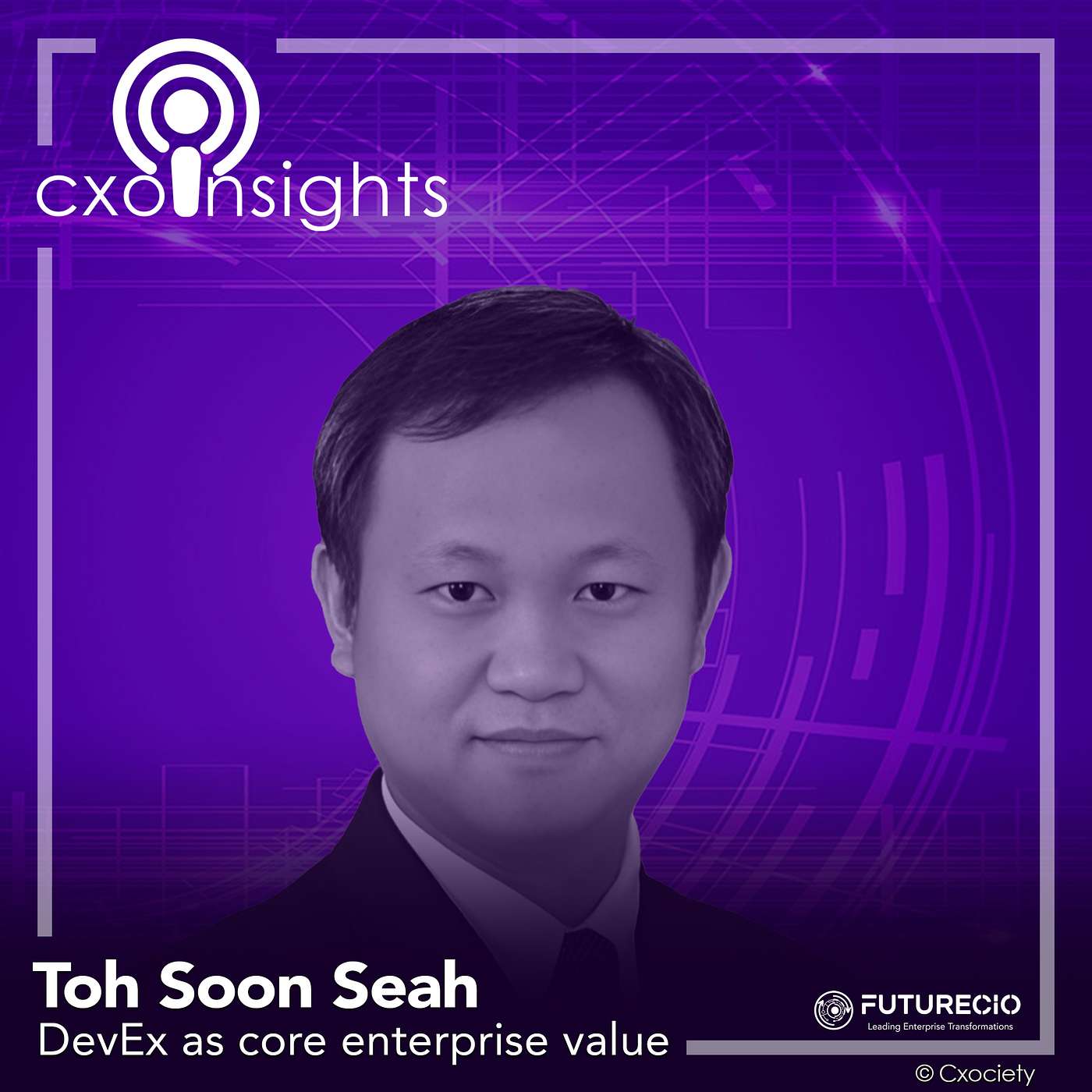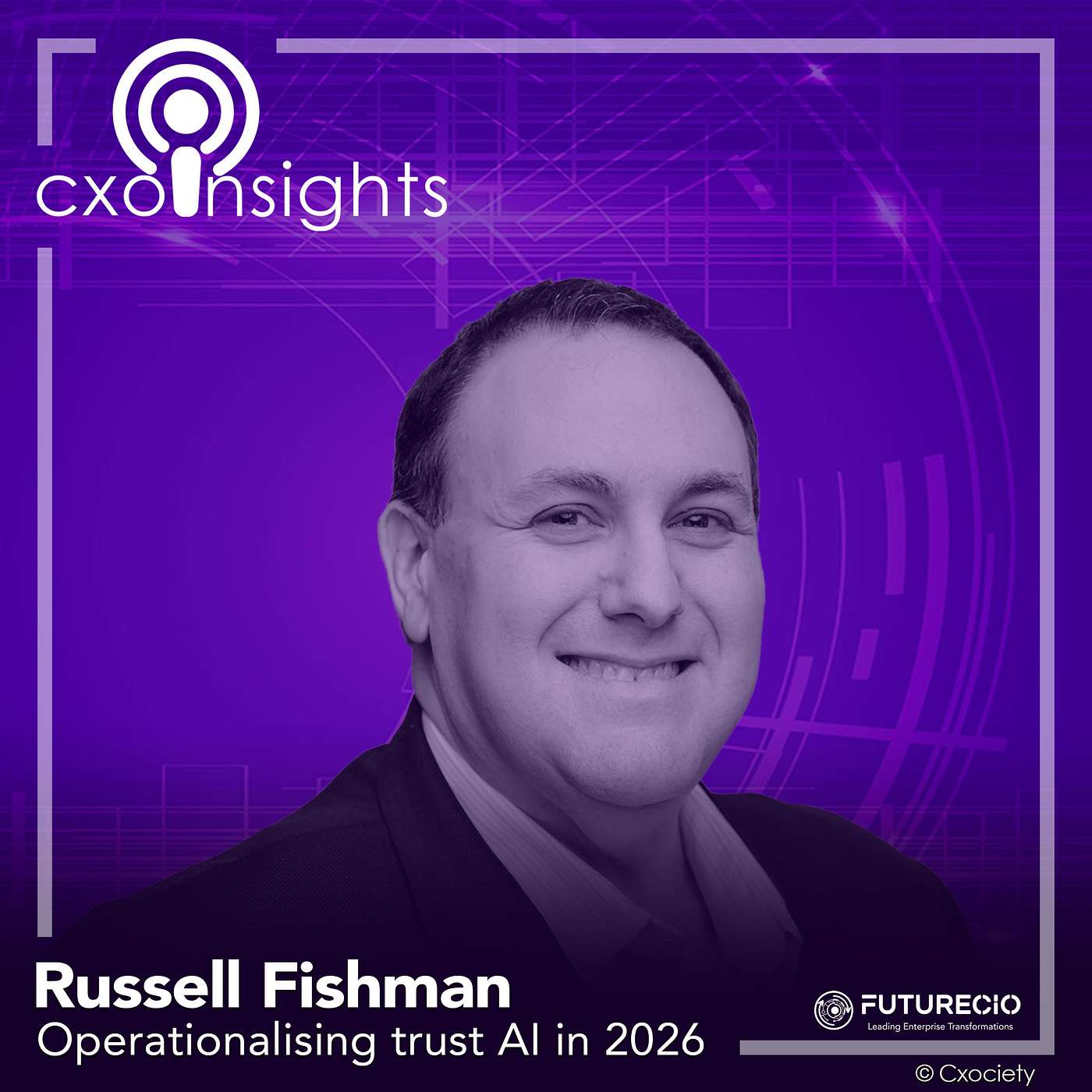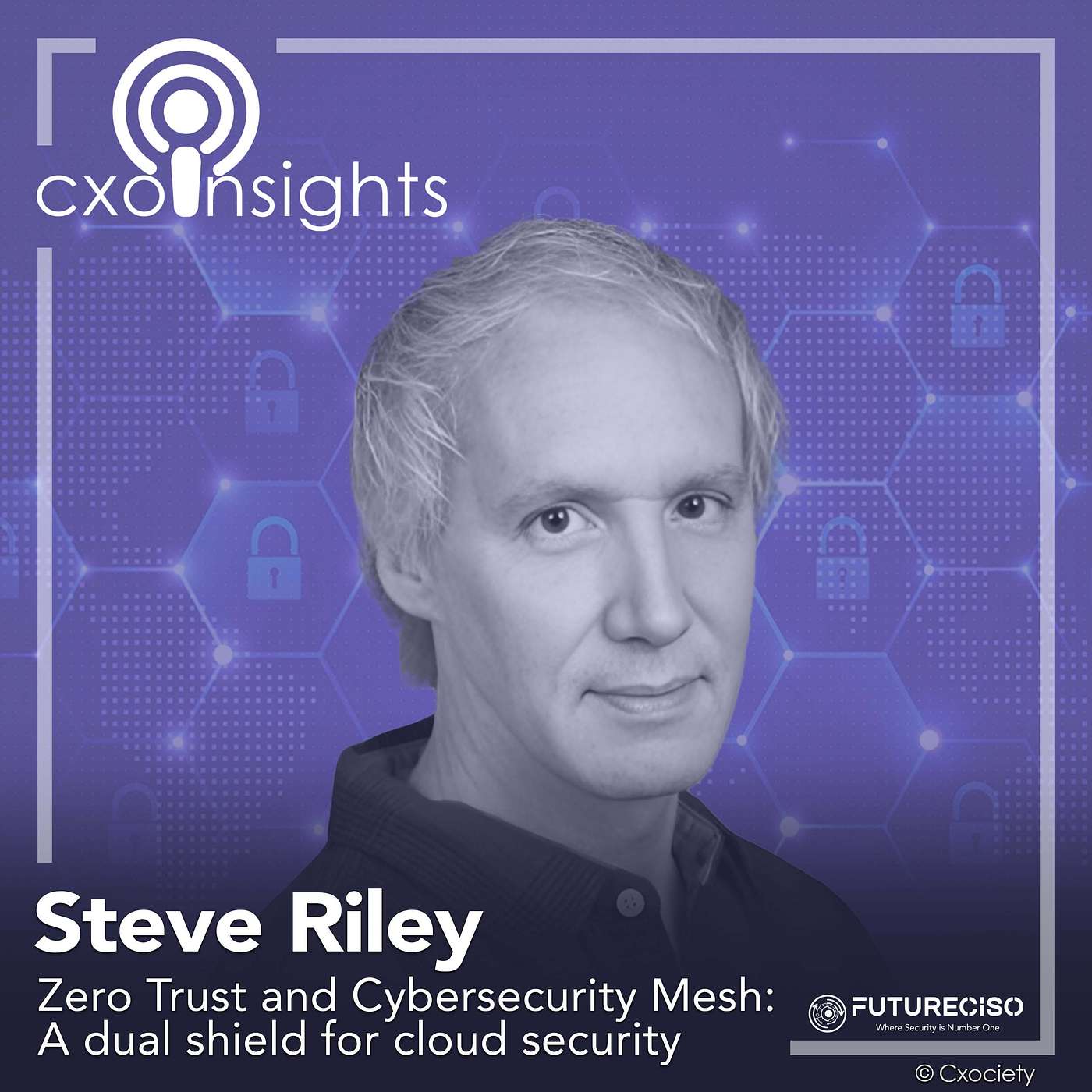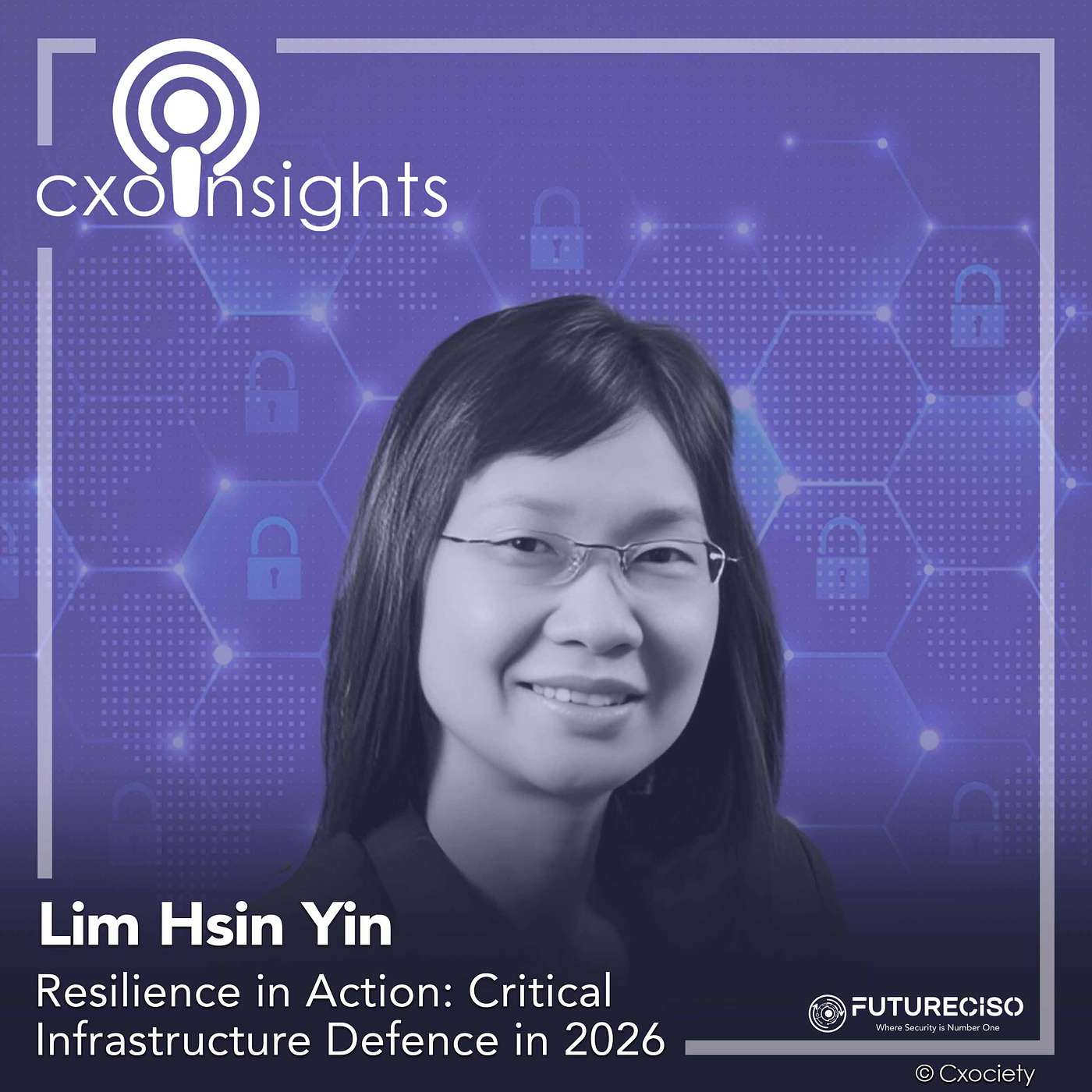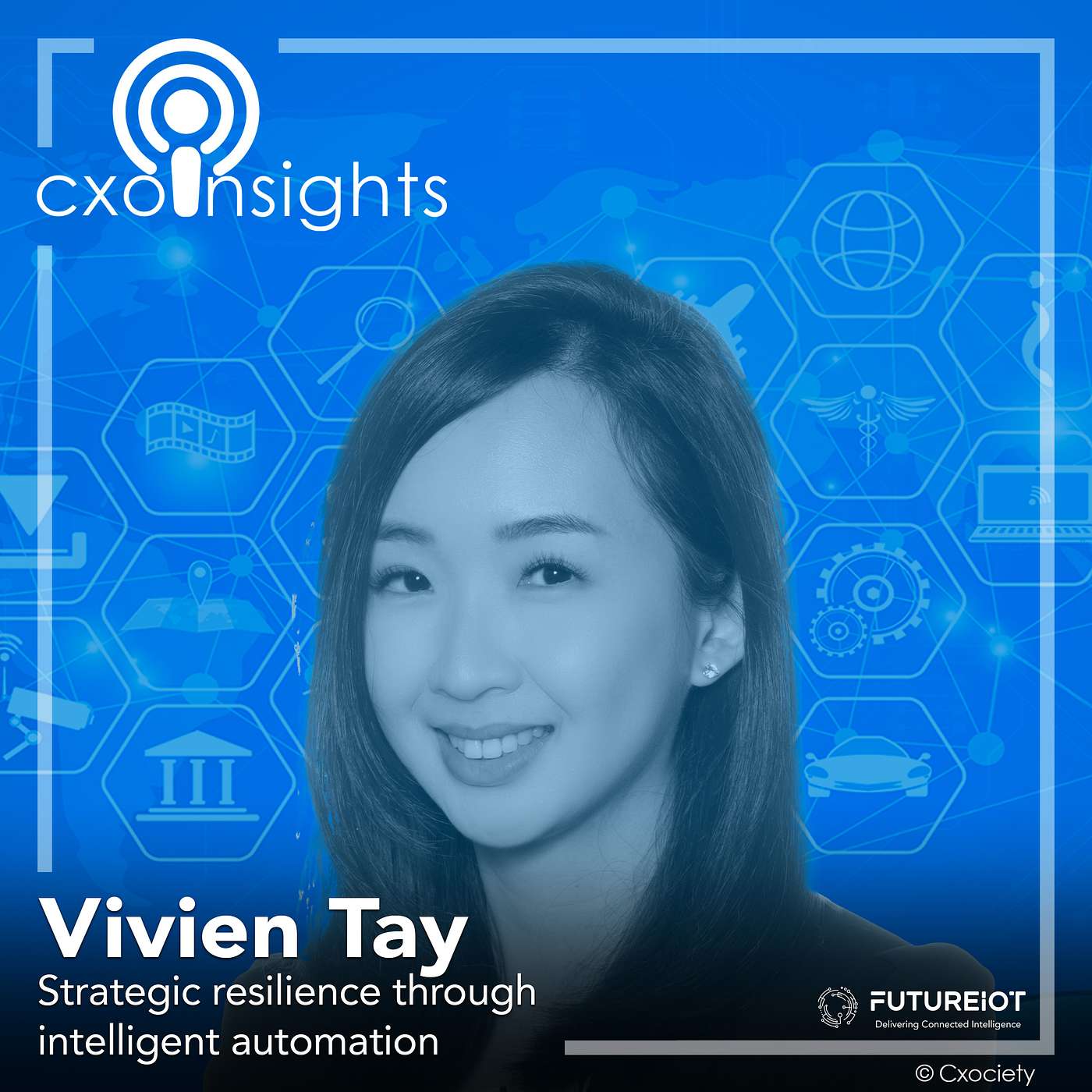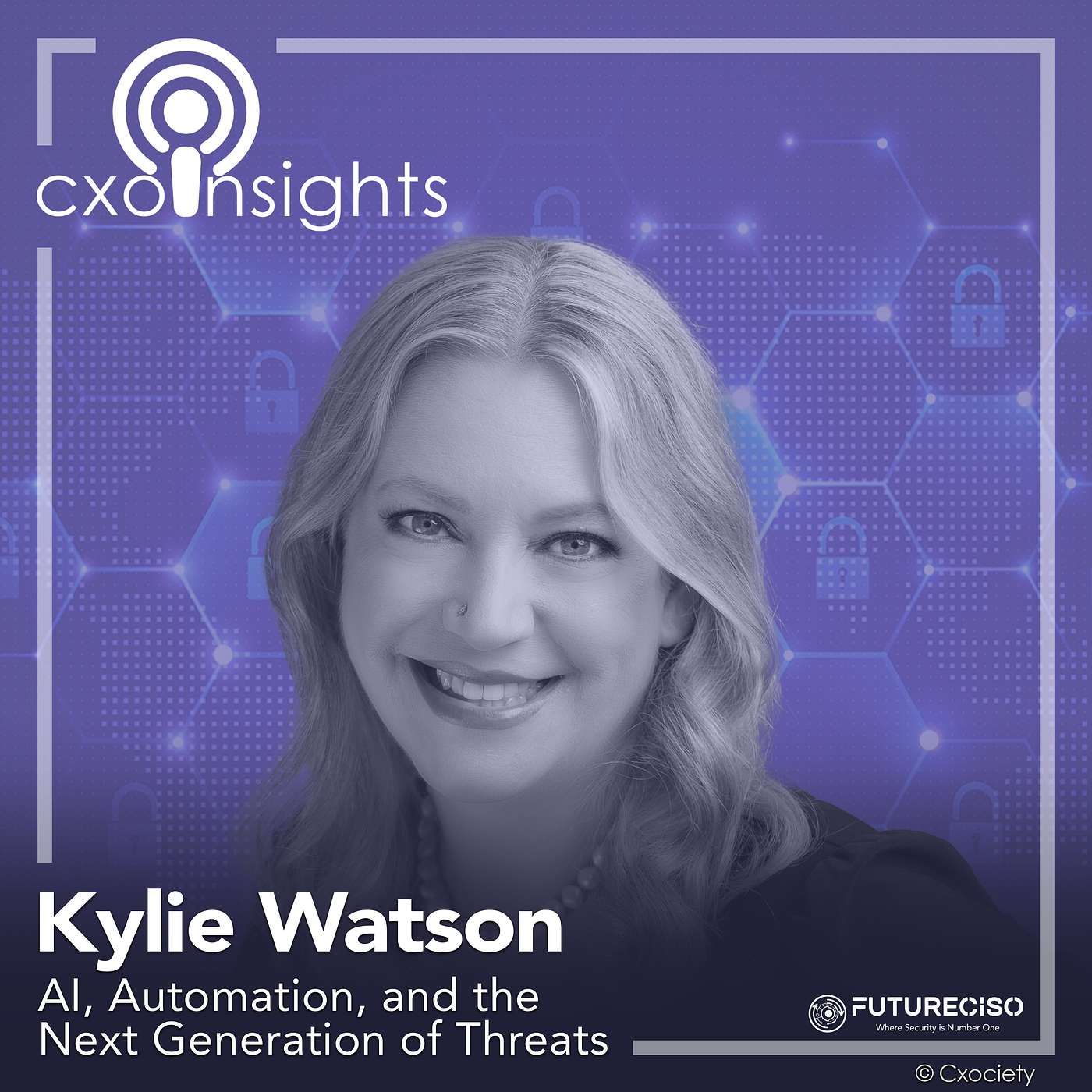Discover CXOInsights by CXOCIETY
CXOInsights by CXOCIETY

CXOInsights by CXOCIETY
Author: CXOCIETY | FutureCIO FutureCFO FutureIoT
Subscribed: 4Played: 133Subscribe
Share
© 2025 CXOInsights by CXOCIETY
Description
CXOCIETY (read "society") is the platform for senior business, technology, finance and operations executives to discuss, share and discover the latest in technology, process and people innovation."CXOInsights" by CXOCIETY is the repository of shared insights and experiences by the best, brightest and most experienced professionals globally. Subscribe to "CXOInsights" by CXOCIETY to keep abreast in the latest in all things innovation.
471 Episodes
Reverse
As we move into 2026, AI is no longer a strategic experiment—it’s the engine of operational transformation. Across Asia, COOs are stepping beyond traditional oversight roles to become chief orchestrators of AI infrastructure: the complex, dynamic backbone that powers everything from real-time customer insights to autonomous supply chains. But what does it truly mean to build “AI-ready” infrastructure in a region defined by rapid innovation, diverse regulatory regimes, and intensifying p...
For the modern COO, the future of operational excellence in Asia hinges on perfecting human–AI collaboration and workforce orchestration. This is not about mere automation but about creating a synergistic ecosystem where human intuition and machine intelligence coalesce. In 2026, with Asia's diverse and rapidly evolving labour markets, the ability to orchestrate this new workforce is paramount to driving productivity, innovation, and agility. As a practising COO in the region notes, “Th...
As IoT adoption accelerates and cross-border supply chains deepen, the region faces escalating risks from fragmented regulations, AI-driven malware, and legacy infrastructure gaps. Traditional prevention models are faltering against sophisticated, fast-moving threats. Instead, governments and enterprises are shifting toward containment-first frameworks—rapid isolation of compromised nodes, segmented supply chain networks, and resilient recovery protocols. This reckoning reflects Southeast Asi...
By 2026, the paradigm of network defence is set to undergo its most profound shift. For CISOs and Heads of Networking, the escalating velocity of AI-powered threats is rendering human-scale response obsolete. According to Cybersecurity Ventures, these attacks are projected to cost the world $60 billion annually by 2025, creating pervasive and costly risk. In this landscape, a self-defending network is no longer a futuristic concept but a strategic imperative. It represents the evo...
In 2026, governments across Asia grapple with escalating cybersecurity challenges amid rapid digital transformation and geopolitical tensions. AI-powered threats, including sophisticated phishing and deepfakes, pose significant risks, with IDC forecasting that 76.5% of Asia/Pacific enterprises lack confidence in detecting such attacks. Ransomware continues to evolve, targeting critical infrastructure, while supply chain vulnerabilities expose sensitive data—Gartner predicts 45% of globa...
In 2025, Asia's digital economy surges beyond $330 billion in Southeast Asia alone, yet escalating cyber threats loom large for business, finance, and security leaders. SMS fraud is projected to intensify, with over 50% of telecom providers anticipating growth, fuelled by AI-enhanced smishing and artificially inflated traffic costing billions globally. Key concerns include ransomware, supply chain disruptions, and mobile payment scams eroding profitability and customer trust in finance, retai...
The Silent Engine of Digital Resilience: Why Developer Experience Is Now a Boardroom Priority In the boardrooms of Jakarta, Singapore, Tokyo, and Seoul, CIOs are no longer just asking, “How fast can we ship software?” They’re asking, “How sustainably can our developers innovate under mounting pressure—from regulators, customers, and competition?” Across Asia, digital transformation has shifted from optional to existential. But the hidden bottleneck isn’t infrastructure or cloud spend—it’s dev...
The corporate treasury function in Southeast Asia (SEA) and Hong Kong is navigating a complex landscape defined by monetary policy divergence, rapid technological adoption, and evolving regulatory demands. The role is transforming from an operational cost-centre to a strategic value-driver, focusing on resilience, efficiency, and strategic advisory. Key issues for 2026 will be mastering data analytics for decision-making, managing currency volatility in a multi-polar world, and integrat...
In 2025 identity has become the new (security) perimeter, making identity security attacks a primary threat vector for organisations throughout the region. Threat actors are targeting user credentials and privileged access pathways, moving beyond traditional network-based assaults to exploit identities as the weakest link. This is forcing CISOs to re-evaluate their defence-in-depth strategies, with a pronounced focus on securing privileged access management (PAM) as a critical control p...
The conversations in the boardrooms of Southeast Asia and Hong Kong have fundamentally shifted. Two years ago, the discourse around Artificial Intelligence was dominated by fear: fear of disruption, fear of competitors moving faster, and crucially, fear of emerging regulation. Today, in late 2025, that fear has crystallised into strategy. For forward-thinking CIOs and functional leaders, AI regulation is no longer an obstacle to be circumvented; it has become a catalyst for building a d...
In 2025, Asian CISOs navigate a hardened regulatory landscape where updated Cyber Security Acts and PDPA amendments significantly raise the stakes. With stringent new rules on cross-border data transfers, mandatory breach notifications, and AI governance, compliance is a primary battlefield. Regulators are flexing enhanced audit powers and levying multi-million-dollar fines, making unpreparedness a critical corporate risk. The challenge lies in harmonizing these diverse, evolving mandates acr...
The ASEAN region’s enterprises are no longer choosing between legacy systems and cloud-native architectures; they are converging them. This is where Zero Trust Network Access (ZTNA) and Cybersecurity Mesh Architecture (CSMA) cease to be competing paradigms and become symbiotic enablers. For ASEAN CISOs and CIOs, this duality is not theoretical—it’s operational. Regulatory mandates from Singapore’s MAS Technology Risk Management Guidelines, Bank Negara Malaysia’s Cyber Security Framework, Indo...
In 2024, there were 440,000 detected cyber threats to critical infrastructure, and the U.S. Critical Infrastructure experienced a surge in attacks, including the Volt Typhoon and Chinese Telecom Network Infiltration. For 2025, projections indicate 30% of critical infrastructure organizations will experience a security breach, and major attacks on the sector are expected to continue, according to Gartner. As we welcome 2026, what would a maturing artificial intelligence present to critical inf...
In 2025 identity has become the new (security) perimeter, making identity security attacks a primary threat vector for organisations throughout the region. Threat actors are targeting user credentials and privileged access pathways, moving beyond traditional network-based assaults to exploit identities as the weakest link. This is forcing CISOs to re-evaluate their defence-in-depth strategies, with a pronounced focus on securing privileged access management (PAM) as a critical control p...
For Chief Operating Officers, CFOs, and heads of warehousing, logistics, and retail across Asia, 2026 will be defined by one overarching theme: strategic resilience through intelligent automation. The region's blistering e-commerce growth, coupled with persistent geopolitical and supply chain volatilities (as highlighted by analysts like BCG regarding the fragmentation of global trade), is forcing a fundamental rethink of operational models. By 2026, we will see the full maturation of trends ...
In 2025, AI and automation are reshaping Asia’s cybersecurity landscape, empowering both defenders and adversaries. CISOs face intelligent, self-evolving threats—from AI-generated deepfakes to autonomous malware—exploiting the region’s rapid digitalisation and IT/OT convergence. While AI-driven SOAR and predictive analytics enhance response, over-reliance risks blind spots, especially with regionally biased data. Regulatory shifts in Japan, Singapore, India and beyond demand accountabil...
While traditional automation and GenAI are making inroads in 2025, Southeast Asian CFOs face persistent efficiency challenges demanding more sophisticated solutions. Agentic AI emerges as a promising, albeit complex, answer by enabling autonomous execution of intricate finance workflows. Its potential lies not just in incremental efficiency gains, but in fundamentally reshaping the finance function's operating model towards greater speed, accuracy, and strategic focus. Success hinges on...
2025 has seen deepfake technology become alarmingly accessible and sophisticated, fuelling a surge in high-impact incidents that erode confidence in institutions, media, and digital interactions. The proliferation of AI-powered deepfakes represents an existential threat to digital trust across Southeast Asia and Hong Kong. Singapore's leadership in countermeasures, including watermarking and advanced authentication, is crucial, yet recent CSA survey data reveals a stark reality: 7...
Across APJ boardrooms, the initial excitement around generative AI has hardened into a pressing demand: “Show me the real impact.” Experiments are done, budgets are spent. Now, the C-suite wants tangible results from their AI investments. The answer emerging isn't just smarter automation; it's a leap towards autonomy. Welcome to the era of Agentic AI. To be clear, these aren’t your standard run of the mill tools; they are intelligent, independent agents capable of perceiving...
Data centre COOs in Southeast Asia face a dual challenge in 2026: managing rapid AI-driven growth while ensuring sustainability and regulatory compliance. Key challenges include strained local grids unable to meet intense power demands from densified AI workloads, increasing public opposition due to environmental concerns, and complex, uneven regional regulations. COOs must navigate costly infrastructure upgrades, such as adopting medium-voltage power distribution and integrating ...


